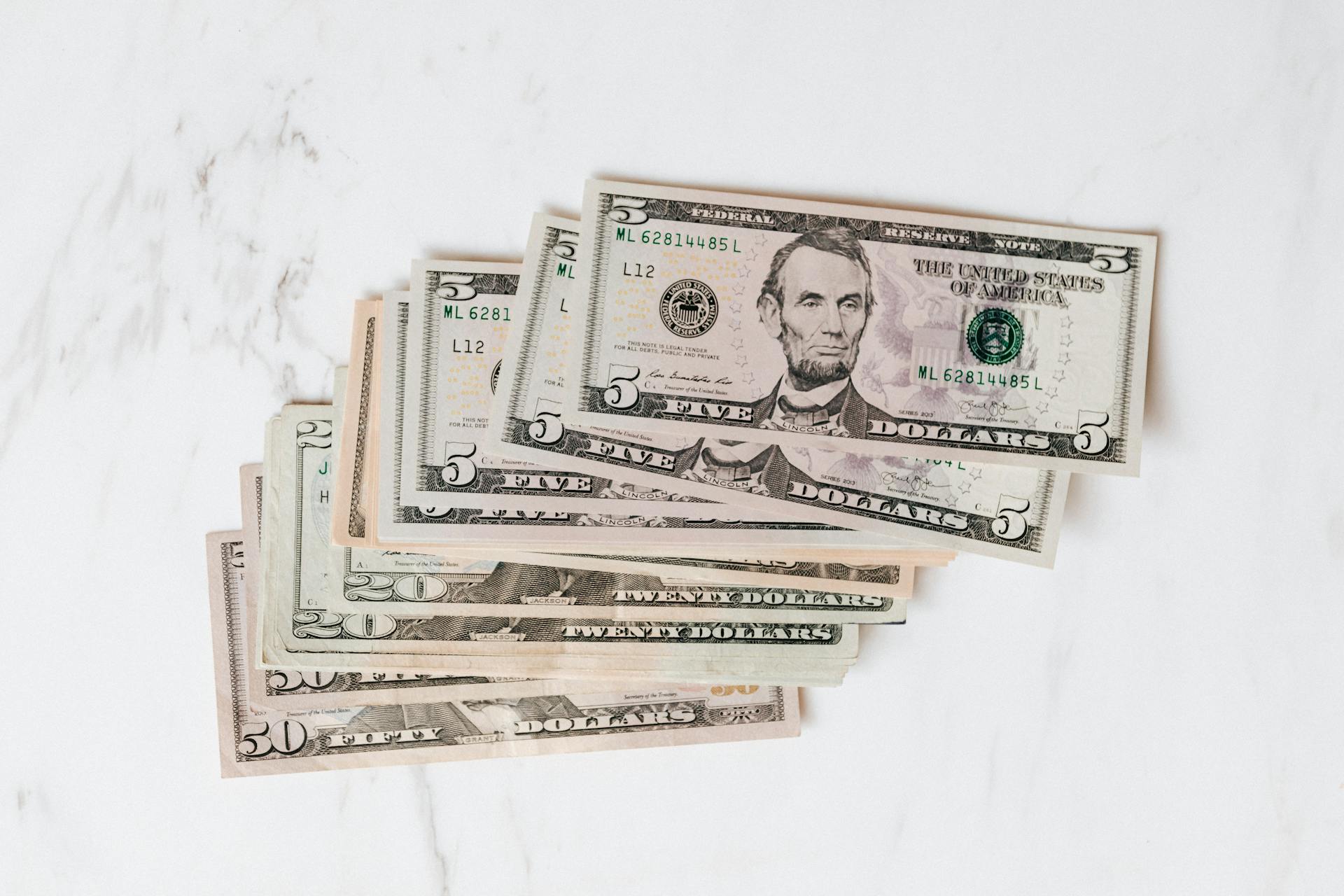
Having a current ratio of 2 means good financial management in various sectors. This is because it indicates that a company can cover its short-term debts with its liquid assets, which is a crucial aspect of financial stability.
In retail, for example, a current ratio of 2 is considered excellent, as it shows that the company can easily pay off its debts and still have enough cash on hand to invest in growth opportunities. This is particularly important for retailers, as they often have to manage large amounts of inventory and cash flow.
A current ratio of 2 also indicates that a company is efficiently managing its working capital, which is essential for long-term success. This is evident in the fact that companies with a current ratio of 2 tend to have lower default rates and higher credit scores.
This level of financial health can also give companies a competitive edge in the market, as they are better equipped to take advantage of new opportunities and weather economic downturns.
What Is Current Ratio?
The current ratio is a financial metric that indicates a company's ability to pay its short-term debts. It's a crucial indicator of a company's financial health.
Investors, lenders, and finance teams use the current ratio to assess a company's risk and liquidity. They examine current obligations against the company's assets to determine the risk involved in investing or lending.
A company's current ratio is calculated by dividing its current assets by its current liabilities. This ratio helps businesses understand their financial position and make informed decisions.
For example, a current ratio of 1.5 means a company's current assets exceed its current liabilities by 50%. This is a relatively good position to pay off short-term debt obligations.
Here's a breakdown of what different current ratios might mean:
A low current ratio can indicate financial difficulties and may require the company to borrow or liquidate assets to make payments.
Calculating Current Ratio
A company's current ratio is calculated by dividing its current assets by its current liabilities. This ratio tells you how well a company can cover its immediate financial obligations.
The formula is straightforward: Current Assets ÷ Current Liabilities = Current Ratio. For example, if a company has $100,000 in current assets and $50,000 in current liabilities, its current ratio would be 2.
To give you a better idea, here's a breakdown of what the current ratio calculation looks like:
In each case, the company has twice as many current assets as current liabilities, indicating a strong ability to pay off short-term debt obligations.
Importance and Analysis
A current ratio of 2 means a company has twice as many current assets as current liabilities, which is a relatively good position to pay off short-term debt obligations. This is because the company's current assets exceed its current liabilities by 100%.
Investors, lenders, and accounting teams use the current ratio to analyze a company's financial health, understand current debts and assets, and compare cash flow against industry benchmarks. They also use it to adjust strategies to improve liquidity and assess risk.
A higher current ratio is generally more favorable than a lower one, as it indicates stronger short-term financial health and liquidity. In fact, a current ratio of 2 is usually considered healthy, although acceptable current ratios vary depending on the industry.
Business owners and executives use the current ratio to determine the amount of money they can allocate towards expansion, investments, or other costs while still being able to meet their accounts payable obligations. This is because a higher current ratio means the company has more flexibility to manage its finances.
Here's a breakdown of what a current ratio of 2 means in terms of industry standards:
A current ratio of 2 or higher is considered good, while a ratio below 1 indicates potential liquidity issues in the near future. The optimal current ratio depends on factors like industry, business model, growth stage, and economic conditions.
It's essential to compare the current ratio with previous years to see if company liquidity is improving or deteriorating. You should also compare the current ratio with other companies in the same industry to get a deeper understanding of the company's liquidity versus its peers.
Understanding Strong Current Ratio
A current ratio of 2 means a company has twice the amount of current assets needed to cover its debts, which is a strong indicator of its ability to pay off financial obligations with ease.
This high ratio suggests that the company has a good balance of current assets, such as cash, accounts receivable, and inventory, to meet its short-term liabilities, like accounts payable and short-term loans.
A ratio of 2:1 or higher is generally considered ideal, as it indicates the company can cover its short-term obligations if necessary.
Anything lower than 2:1, like a ratio of 1.3, would be a cause for concern, suggesting the company may struggle to pay off its debts in the near future.
In a financial crisis, a low current ratio like 1.3 would require the company to take drastic measures to avoid insolvency, which is far from ideal.
Having a strong current ratio, like 2:1, gives a company peace of mind and flexibility to operate smoothly, even in uncertain times.
Good in Various Industries
A current ratio of 2 means a company has a good chance of staying afloat. This is because it indicates that the company has twice as many current assets as current liabilities.
A company with $10 million in current assets and $5 million in current liabilities is a prime example of this. It has a current ratio of 2, which suggests it has sufficient financial resources to remain liquid and solvent in the near term.
This is a common scenario in many industries, including retail and e-commerce. A company with $25,000 in current assets and $100,000 in current liabilities, however, has a current ratio of 0.25. This indicates it has current assets to pay off only 25% of its current liabilities.
In contrast, a company with $2 million in current assets and $1 million in current liabilities has a current ratio of 2. This means it has 2 times more current assets than current liabilities, which is a good sign for its financial health.
Frequently Asked Questions
What is the standard current ratio of 2?
A current ratio of 2 indicates that a company has twice as many current assets as liabilities, providing a comfortable cushion to cover its short-term debts. This ratio suggests a company is well-equipped to meet its financial obligations.
What if current ratio is more than 2?
A current ratio of more than 2 is considered excellent, indicating a strong ability to pay off debts and liabilities. However, it's essential to maintain a healthy ratio by continuously monitoring and adjusting your finances.
Sources
- https://content.one.lumenlearning.com/financialaccounting/chapter/current-ratio/
- https://accountingsuperpowers.com/financial-statements/ratio-analysis/current-ratio/
- https://www.bdc.ca/en/articles-tools/entrepreneur-toolkit/financial-tools/current-ratio
- https://dealhub.io/glossary/current-ratio/
- https://www.vintti.com/blog/current-ratio-formula-finance-explained
Featured Images: pexels.com


